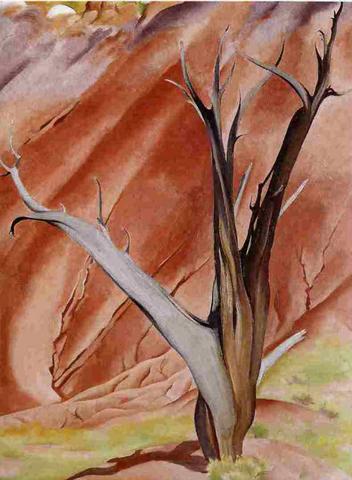Now, in the last quarter of my education, I look at my mixed-bag portfolio not with uncertainty but with a sense of pride. I have realized that designers come in many different forms. Some, like the amazingly talented Karim Rashid create interiors that are unmistakably their own. When successful, these designers can develop highly recognizable and lucrative brands. Clients will hire them with a full understanding of the end product and oftentimes place great value on purchasing a well-known name.
Other designers take a different route. Rather than focusing their energies on the development of a personal brand or style, these designers naturally seek to divine and enhance the individual styles of their clients. These designers look forward to each rising project as an opportunity to explore a new challenge that is outside of themselves. While I am confident that most designers fall somewhere in between these two poles and not neatly into one category or the other, I personally feel more strongly akin to designers of the second sort.
That being said, I do feel that my work shares the connection of a few common threads. Although a mixed bag, my portfolio (I hope) is not completely incongruent. Below is a list of design practices that I have tried to incorporate in my own work or have particularly appreciated in the work of others.
1. Pay attention to detail - For me, attention to detail plays a critical role in all design, regardless of style or application. Whether preserving the delicately carved pattern in an antique fireplace mantle or perfecting the seam of the wall in a minimalist house, the success of a detail can cause a design to truly sing. In the image below, Atlanta designer Suzanne Kasler carefully juxtaposes beautifully crafted wall paneling with the sinuous curve of the ceiling above for a composition that is both delicate and bold.
2. Never underestimate the value of humor - It is important to remember that beyond safety and function, design is intended to impart pleasure. For me, maintaining a sense of humor is one of the easiest ways to inspire happiness. Below is an image of a lamp designed by Jonathan Adler. Author of "My Prescription for Anti-Depressive Living," Adler is a specialist in the field of happy design. Although I hope that my own injections of humor are perhaps a bit more subtle, I feel particularly compelled to feature Jonathan Adler's Georgia Lamp as it bears my first name!
3. Treat your design like a piece of fine art - In the previous blog entry, I called lighting designer Christopher Moulder part sculptor, part engineer. Each piece in his collection comes across as a piece of art. Another designer who applies this principle to her entire compositions of interior space is Iraqui architect, Zaha Hadid. Below is an image of an interior designed by Hadid.
4. Keep user experience constantly in mind - I was first introduced to Louis Kahn's work through documentary film, My Architect. Since that first exposure, I have wondered how it would feel to stand in the pavilion of Kahn's Salk Institute pictured here below. The vastness of this space and the strength of its gesture surely evokes strong emotion from its visitors. For me, understanding the experience I am striving to create is one of the first steps in developing a meaningful aesthetic.











































